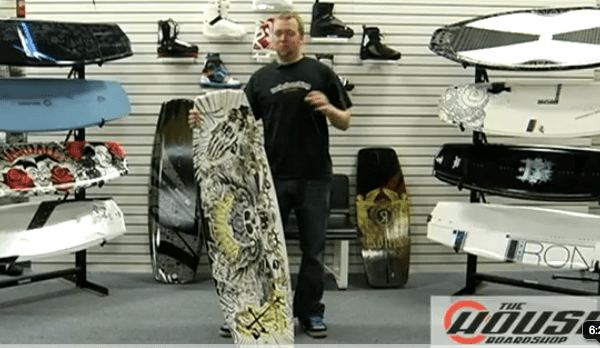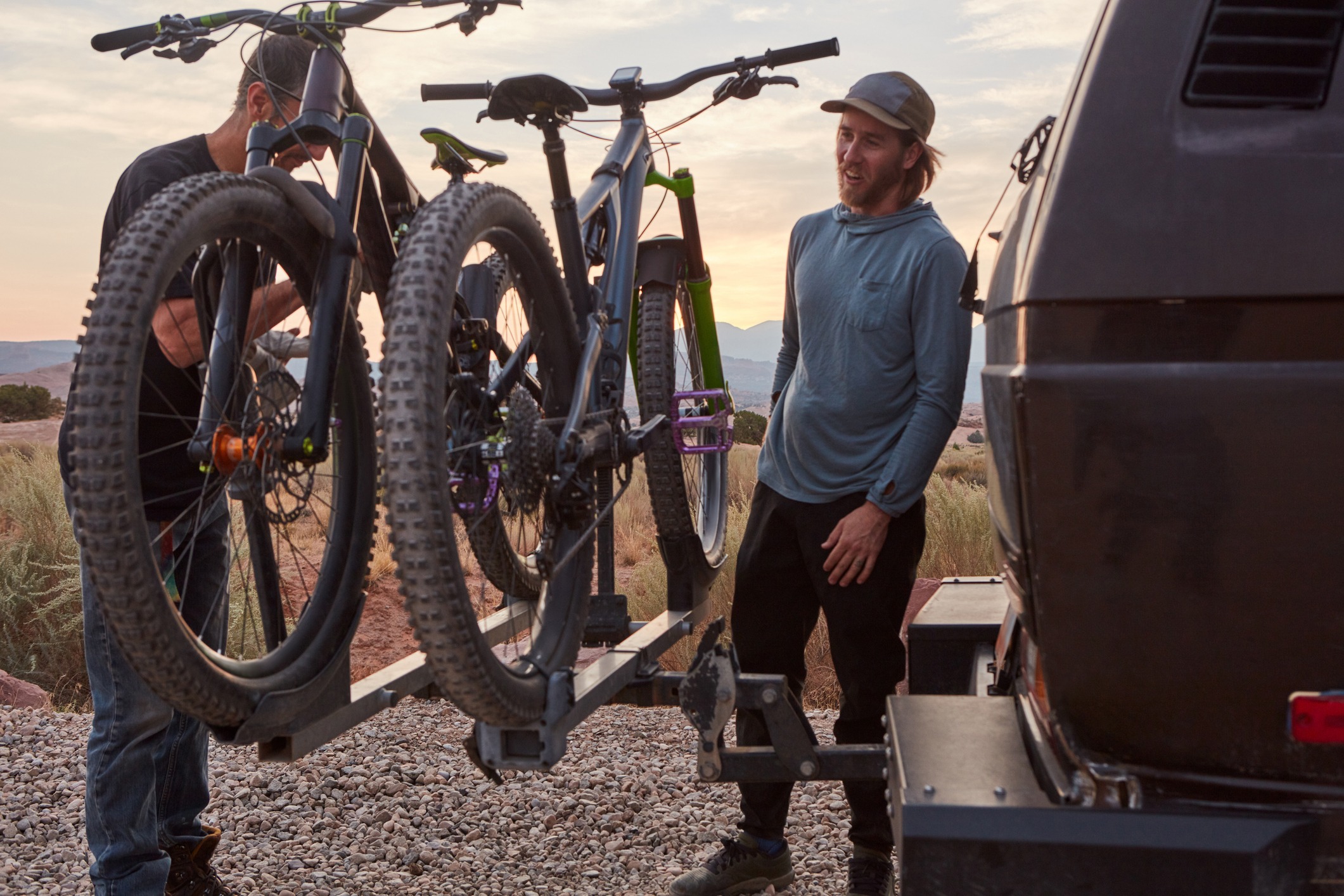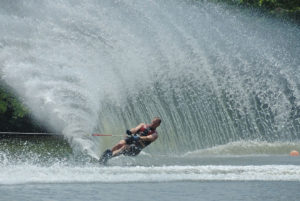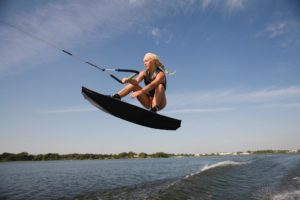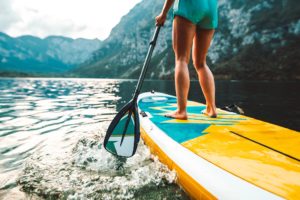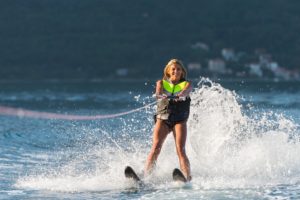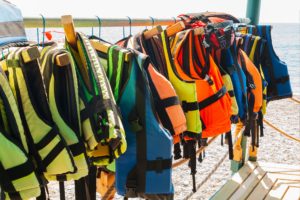When purchasing a wakeboard there are four important things to focus on: how to size it, the construction, the shape and fins.
Sizing- The general rule of thumb is to correspond the size of your board to your body size. For example, if you are a small person you should get a small board, and so on. Sizing charts are available that will point out the correct length of the board in centimeters in correspondence with your weight. But the general guidelines to figuring out the size of wakeboard you need are:
Around 100 lbs: about 130 cm
Around 150 lbs: about 135 cm
Around 200 lbs: about 140 cm
Sometimes families or groups will want a board that they can all share. A board for this purpose should be sized for the average of everyone that will be using it. This can work, but if there are a couple of people who are far apart in size, such as a small child and a large man, you will probably need to get two different boards. Usually a 135-140 cm will fit most families.
Construction- When a wakeboard is made, a piece of high density foam is used to form its shape. Then layers of fiberglass are added to the outside, which makes the board rigid but allows for flex in the board. On basic boards, you will have more flex. When a board has more flex it will allow for more give on the water, which makes it easier to ride. A stiffer board gives you more pop off the wake, and these are usually higher level pro model boards for more advanced riders.
Slingshot and Company Wakeboards are two brand names that are exclusively making flex boards. These are more crossover type boards, which we are seeing more in the market now. They are designed so that the center of the board is very rigid, but the tip and tail are thin and flexible to allow for more rebound off the wave to help you spring up. Also, flex boards are made to help soften the landing. With that flexible tip and tail, when you land, the board will flex out and give you a softer landing. There are other companies that make flex boards as well, but these two brands are specifically making only flex boards.
Shape- When looking at the shape remember that the more round it is, the smoother it will ride through the water, and it will turn more easily from edge to edge. The more square and wide a board is, the more time it will take to get from edge to edge. But with a square board, the water all releases at once, which will give you a snappier feel when releasing from the wake. In coordination with how round the board is, the tip and tail will also change.
When deciding on the structure of a board there are two types of rocker to consider. Rocker is the shape of the board through the bottom. First, is the continuous rocker, which means from tip to tail the board has one smooth curve, just like a rocking chair. The advantage to this type of rocker is when you are coming in to and off of the wake you will get a nice, smooth even flow. This is good for beginners because you will get the same pop every time. It’s also good for riders who prefer a more smooth transition. It’s not the fastest approach but it’s smoother, more consistent and easier.
The second type of rocker is the three stage rocker, which is found mostly on higher end pro boards. This board has upturned ends and is flat in the center. The flat spot in the center creates less drag on the board, and it will cut more like a knife in the water. This will make you accelerate faster towards the wave, give you more kick coming off of the wave, and it will push you up off the wave higher.
There are a lot of things being done to blend these two types of rocker together. There is now a blended rocker, also called an abrupt continuous rocker, or a subtle three stage. These take aspects from both types of rocker, so that you can accelerate a little faster and have an extra kick, but still have that consistency.
Fins- The fin set up will determine how aggressive the board is going to be. Old boards had one 2 inch fin that would come out of the water. Newer boards have smaller fins on the outside edges that do a couple of things. It leaves the fin in the water when you cut, so you can accelerate quicker and hold your edge better. Also, when you flatten out to spin you won’t have a 2 inch fin hanging out the bottom and it will be easier to come around. Some boards have three fins, which will help you bite a little more into the wake.
Different types of fins include a real fin, which cuts and holds better than a molded fin. There are also different lengths of fins. On higher end boards, you will see a shorter fin base. The further down a fin comes, the better it will hold you and the more stable you will be. As technology gets better, companies are doing things such as putting a spine down the center of the board which makes the water disperse when you land, making for a softer landing.
To review, when buying a wakeboard from The-House or not, there are three things you will want to pay attention to. First, the size of the board. Remember to correlate your body size to the size of the board that you choose. Second is rocker, which relates to how you want the board to come into the wave, and how you want it to pop. Lastly, the fins and remember the more fins you have, the more aggressive the board will be.
Have fun on the water!


